Reuters reported yesterday that, in his January 28 phone call with Russian President Vladimir Putin, President Donald Trump did not know what the New Strategic Arms Reduction Treaty (New START) was, but immediately denounced it as a bad Obama administration agreement. Asked about the report, White House spokesperson Sean Spicer first ducked the question but later denied that Mr. Trump was unaware of the treaty.
Still, this report is disturbing. The president’s immediate (instinctive?) reaction during the call was to denounce the treaty as a bad deal—apparently because his predecessor had negotiated it. This comes after a number of earlier comments by Mr. Trump, including during the election campaign, that suggest he does not understand much about nuclear weapons or arms control.
New START is in the U.S. national interest. The president should take time to learn about this treaty and talk to his Joint Chiefs of Staff about it. They can explain how the treaty serves U.S. security interests.
New START
The New START treaty was concluded in April 2010 and entered into force in February 2011. It limits the United States and Russia each to no more than 1,550 deployed strategic warheads on no more than 700 deployed intercontinental ballistic missiles (ICBMs), submarine-launched ballistic missiles (SLBMs) and nuclear bombers. Those limits take effect in February 2018.
In the latest data exchange (September 2016), the United States had 1,367 deployed strategic warheads on 681 deployed ICBMs, SLBMs, and bombers. By contrast, Russia had 1,796 deployed strategic warheads on 508 deployed strategic missiles and bombers.
The fact that the United States had almost 200 warheads below the New START level did not reflect a policy decision. The Pentagon plans to make maximum use of New START levels; for example, it intends to deploy precisely 700 strategic missiles and bombers. The warhead gap stems from the fact that each U.S. ballistic missile submarine is having four of its 24 SLBM tubes converted so that they cannot carry an SLBM. Those submarines off-load all SLBMs before going to the conversion facility—so they have zero deployed SLBMs and zero deployed warheads. Once the conversion is complete and the SLBMs are reloaded, the U.S. warhead count will go up by 80 to 100 warheads per boat.
The Russians’ deployed warhead level was some 250 above what they will be allowed as of February 2018. But the Russian military has plenty of old ballistic missile submarines and old strategic missiles—such as the SS-18 and SS-19 ICBMs, which are already past their “sell by” date—to retire over the course of the next year to meet the New START limit. U.S. officials believe that Russia intends to meet the treaty’s limits.
Treaty advantages
After the treaty was negotiated, it received unanimous support from the Joint Chiefs of Staff. Seven former commanders of Strategic Command—the four-star generals and admirals who controlled all U.S. strategic nuclear forces—endorsed the treaty, as did a large number of former senior foreign policy and defense officials, Republicans and Democrats alike.
New START caps the number of Russian strategic nuclear weapons that can target the United States. Moreover, its level of 1,550 deployed strategic warheads allows the U.S. military to maintain several hundred warheads more than the Pentagon deemed necessary to have a safe, secure, and effective nuclear deterrent.
The treaty provides for semi-annual exchanges of detailed data about the other side’s ICBMs, SLBMs, and bombers. It requires notifications of a variety of actions; the sides had exchanged 12,578 such notifications as of February 9. The treaty also allows each side to conduct up to 18 inspections per year of the other’s strategic forces.
These data exchanges, notifications, and inspections yield a large amount of information about Russian strategic forces that the United States could not otherwise obtain. Among other things, that saves the U.S. military from having to make potentially costly worst-case assumptions.
The treaty allows the sides to modernize their strategic nuclear forces. Russia today is in the midst of a modernization program. We do not necessarily like it, but Moscow is largely replacing old stuff with new stuff. In 10 years, the United States will be doing the same, buying new ballistic missile submarines, ICBMs, and bombers, and it will be the Russians’ turn to be unhappy.
Time for an arms race?
The operational impact of the president’s denouncing the treaty is unclear. Hopefully, Mr. Trump does not intend to withdraw from New START. Doing so would eliminate the caps on Russian strategic forces and end the treaty’s important verification and transparency measures. It could also trigger a new and expensive nuclear arms race—giving Russia, which has hot production lines running for new missiles and ballistic missile submarines, a hefty seven- to eight-year head start. Not smart.
Keeping up with Russia in a new nuclear arms race could require the Trump administration to devote additional resources to a planned U.S. strategic modernization program that is already projected to cost several hundred billion dollars. That would come on top of the president’s desire to expand the Navy to 350 ships and add substantial manpower for the Army and Marines. The defense budget will not be able to accommodate it all.
At the end of December, I wrote that presidential nuclear policymaking should not be conducted by Twitter. Nor should it be conducted by ill-informed, impulsive decisions in the midst of a phone call with a foreign leader. President Trump needs to do his homework, get fully briefed on New START, and understand what it means. Otherwise, he could do serious damage to U.S. national security, when his first obligation as president is to protect the United States.
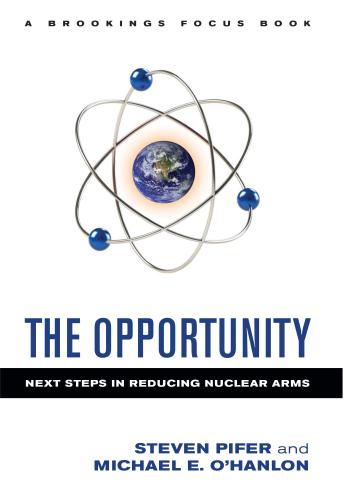
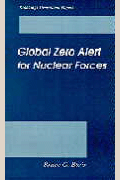

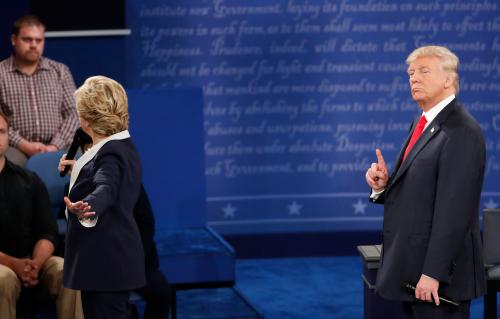
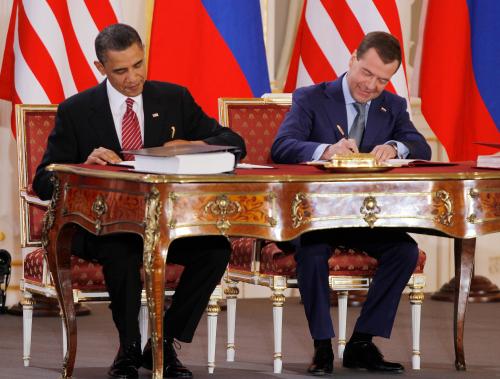
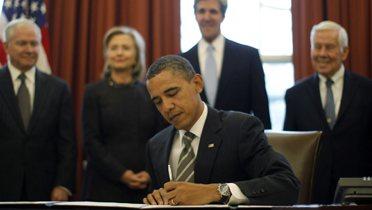

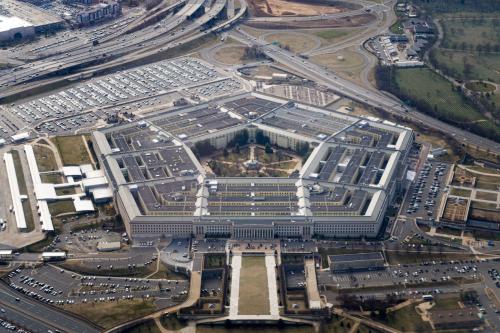
Commentary
The problem with President Trump’s hasty denunciation of New START
February 10, 2017